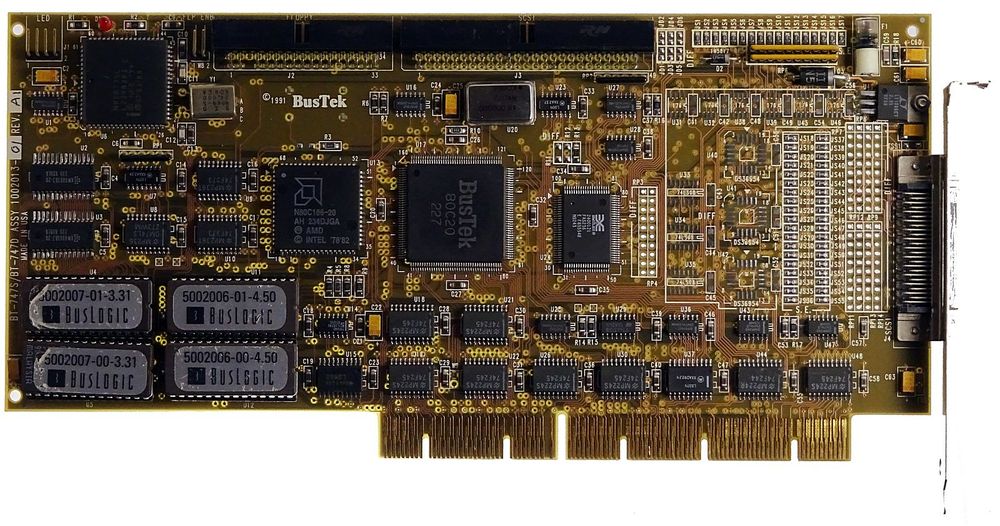w1retap
[H]F Junkie
- Joined
- Jul 17, 2006
- Messages
- 13,712
If you want to build the fastest 386 with VLB, here's your chance.. These boards don't come up very often.
https://www.ebay.com/itm/Alaris-Cou...e&pageci=3e3accf4-dc2a-4c1d-9d43-b1d05bb65c54
https://www.ebay.com/itm/Alaris-Cou...e&pageci=3e3accf4-dc2a-4c1d-9d43-b1d05bb65c54
As an eBay Associate, HardForum may earn from qualifying purchases.
![[H]ard|Forum](/styles/hardforum/xenforo/logo_dark.png)
